What Is Cephalexin? Can It Treat Acne?
Keep some important tips in mind while using this strong antibiotic for those pesky pimples.

Image: Shutterstock
Antibiotics have been used to treat acne for years, but many conventional ones are no longer effective. If this is the case, your doctor may prescribe cephalexin for acne treatment. Many skin care experts consider cephalexin the best drug for treating and preventing acne. Cephalexin is a bactericidal antibiotic, meaning that it kills the bacteria that contribute to the formation of the acne lesions and can also reduce fatty acids present in sebum that form pimples. So, how does cephalexin work to treat acne? Let’s take a look.

In This Article
Understanding Cephalexin: Mechanism And Uses
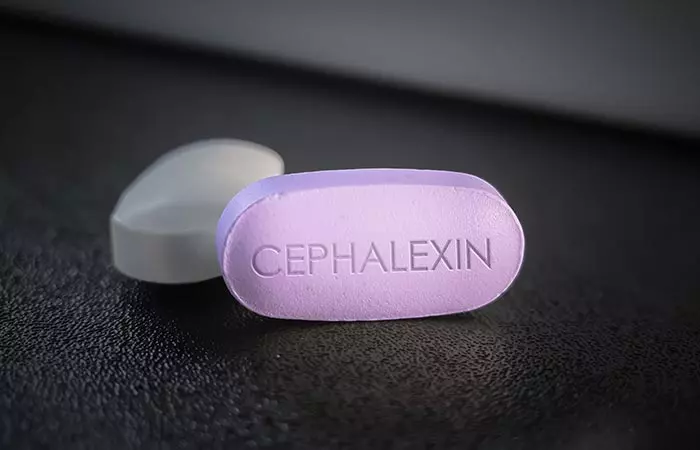
Cephalexin belongs to a class of antibiotics known as cephalosporins. It is a broad-spectrum oral medication used for treating bacterial infections. It interacts with the synthesis of the bacterial cell walls. It causes these cell walls to rupture and ultimately kills the bacteria.
Cephalexin is available as a tablet, capsule, and oral suspension. It is usually available as a drug called Keflex.
Cephalexin is typically used to treat bacterial infections like:
- Respiratory tract infection
- Middle ear infection (otitis media)
- Bone infection
- Skin infection
- Urinary tract (genitourinary) infection
- Infected post-operative wounds
 Did You Know?
Did You Know?Bacterial infections are undeniably a danger to human health. Studies by Peterborough Regional College, UK examined the samples of 3 bacteria strains: Staphylococcus, E. coli and Bacillus megaterium when treated with 7 antibiotics: Ampicillin (AMP), Tetracycline (TET), Erythromycin (ERY), Chloramphenicol (C) Cephalexin (CN), Streptomycin (STR) and Doxycycline (O). The study concluded that Cephalexin has a significant effect on E. coli although further research is required. This graph showcases the current observation.

Inhibition Zones Of Antibiotics Against Bacteria Strains
Source: An Investigation on Effectiveness of Antibiotics Treatment on Bacterial GrowthCephalexin, however, is effective only against bacterial infections and is not effective against viruses that cause a cold, the flu, etc. So, can cephalexin help treat acne?
Key Takeaways
- Cephalexin is an oral medication for treating bacterial infections.
- Cephalexin is ideal for women who experience acne breakouts during pregnancy.
- Cephalexin is available as a tablet, capsule, and oral suspension.
Can Cephalexin Help Treat Acne?
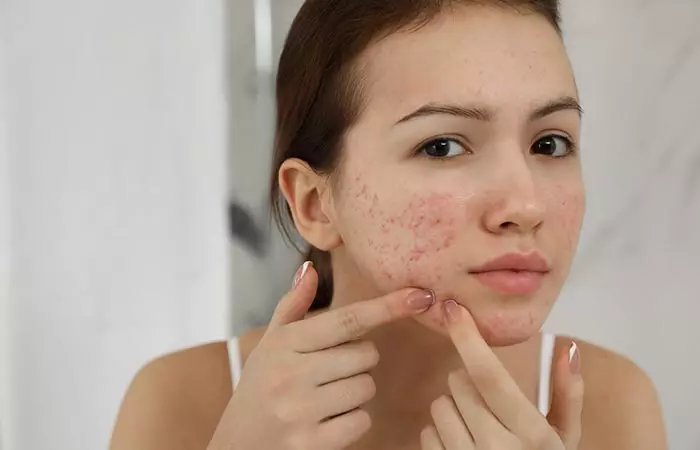
Cephalexin is not a novel anti-bacterial drug. Dermatologists often prescribe it for treating skin infections. But can cephalexin be used for acne treatment?
There is a lack of significant research in this regard. But some preliminary trials show some promise.
For instance, a study published in the journal of Pediatric Dermatology analyzed 93 subjects administered with cephalexin for acne treatment. About 84% of the participants in the study had tried various oral medications previously but saw no results. After the trial period, a staggering 78% of the patients displayed at least some improvement in their condition with the use of cephalexin. However, the results in this study took about 8 to 9 months to show significant improvement.
Skin experts recommend the use of cephalexin for acne treatment in the following situations:
- When the patient is intolerant to other first line antibiotics like minocycline and doxycycline.
- For treating inflammatory acne, predominantly cysts, pustules, and red, angry bumps.
- For those planning to start a family, as first line antibiotics like minocycline and doxycycline are contraindicated in pregnancy.
- Some women experience acne breakouts during pregnancy, and cephalexin could be ideal for them.
- To treat moderate to severe acne breakouts and the subsequent scarring caused by them. Cephalexin can alleviate symptoms of acne while promoting wound healing.
A blogger recounted their struggle with acne and shared how cephalexin helped them to treat acne. In their blog, they write, “I was on cephalexin twice a day for a while and I would say that is the clearest my skin has ever been, though it wasn’t perfect. Unfortunately, after using it for about three years, it started to become less effective. My dermatologist said that was normal, and I needed to switch to a new antibiotic (i).”
Cephalexin is useful for treating acne and can be an excellent option for users who are not responding well to other medications. The drug can also effectively manage severe breakouts.But it may not work the same for all types of acne.
Can You Use Cephalexin For Hormonal Acne?
As established above, cephalexin is primarily an antibiotic used for treating bacterial infections. Hence, it could be a good alternative medication to treat acne caused by bacteria.
However, it may not be ideal for hormonal acne as it is caused by excessive sebum production due to hormonal imbalances. Hormonal acne has an underlying problem that cannot be treated by antibiotics (typically tetracycline) alone, but medical professionals may include them in combination treatments (2).
Those dealing with severe hormonal acne may need to consult a dermatologist for more potent options like hormone treatment, oral contraceptives, or retinoids (3). Your doctor may also prescribe certain diet and lifestyle changes to help restore hormonal balance.
How To Use Cephalexin
You need to ingest cephalexin orally, generally after every 6 to 12 hours. The medicine may be taken with or without food. Continue the course for 7 to 14 days or as advised by your dermatologist. (4)
In case you are using a cephalexin-based suspension, shake the bottle thoroughly before each use. Measure the dosage carefully with a measuring cup or spoon. Consume the liquid after every 6 to 12 hours. Follow these directions for 7 to 14 days or until the prescription lasts.
Special Precautions To Be Followed While Taking Cephalexin

As with any antibiotic, you need to practice care and caution while using cephalexin. Now that you know how to use the drug, follow the precautions shared below:
- Complete your entire course as directed, even if the symptoms are alleviated. Discontinuing the medication too soon may cause the bacteria to re-emerge and cause a resurgence of acne.
- Follow a schedule to have the medicine at the same time daily as directed by your doctor.
- Remember that administering antibiotics when not necessary can increase your chances of contracting an infection that is antibiotic-resistant. This can eventually lead to further complications.
- If you miss taking your cephalexin once, do not double the dose for the next schedule.
- While obtaining your prescription, inform your physician about the vitamins, minerals, and nutritional or herbal supplements that you may be taking.
- Inform your doctor or pharmacist if you are allergic to cephalexin or related drugs. Also, share details about any other allergies and chronic conditions that you may be experiencing.
- Follow a regular diet unless your physician has specifically instructed you to change it.
- Store the liquid medicine in its original packaging. Keep it out of reach of children. Keep the lid tightly screwed and store it in the refrigerator. Store the pills at room temperature and away from excess heat or moisture.
- The use of cephalexin for prolonged periods may cause yeast infection or thrush. Hence, consult your doctor if you notice any white patches around your mouth or private parts.
- Cephalexin may interact with BCG or typhoid vaccinations. Avoid using cephalexin for a couple of days before and after vaccination if you plan to get vaccinated. However, there is limited information in this regard. Consult your doctor for more clarity.
It is very unlikely that you may develop any side effects to cephalexin if you follow the precautions. That said, it is important to be aware of the side effects of cephalexin.
What Are The Side Effects Of Cephalexin?

Allergies to cephalexin are extremely rare. It also does not cause any major side effects when taken as per the recommended dosage. Typical side effects of cephalexin (as per anecdotal evidence) include:
- Nausea
- Vomiting
- Diarrhea
- Heartburn
- Abdominal pain
- Cramping
- Genital or rectal itching
- Fatigue
- Dizziness
- Headache
- Confusion
- Joint pain
These side effects usually may subside on their own. But consult your physician if they persist. Further, discontinue the use of cephalexin and seek immediate medical attention if you experience:
- Rashes
- Hives
- Watery or bloody stools
- Fever and stomach cramps
- Swelling of the throat, face, tongue, eyes, or lips
- Difficulty breathing or swallowing
- Recurring fever, chills, sore throat, and other signs of infection
- Wheezing
- Hallucinationsi Sensory projections coming from your mind that seem real, which typically affect all the five senses.
It is possible to overdose on cephalexin, which may cause intense nausea, diarrhea, vomiting, red/pink/dark brown urine, and debilitating pain in the stomach. Be mindful of the dosage.
Cephalexin Vs. Doxycycline: Which Is More Effective In Treating Acne?

While cephalexin is a relatively new drug, doxycycline has been the go-to medication for a while. Before committing to any medication, the following factors may be considered:
- Use And Applicability
Cephalexin is used to treat bacterial infections and as a preventive treatment for individuals without adequate wound healing capabilities
. Doxycycline is also an anti-bacterial drug, but it can cover a broader list of conditions beyond acne and infections.(5) It also may help treat conditions like anthraxi A rare infectious disease caused by the Bacillus anthracis bacteria that infects the skin, gastrointestinal tract, or lungs. , chlamydiai A contagious, sexually transmitted infection (STI) caused by bacteria that can be passed between sexual partners through unprotected sex. , relapsing fever, yaws, typhoid fever, Lyme diseasei An infection caused by the bacteria borrelia that transmits when a tick carrying it bites a human. , and more.
 Trivia
Trivia- Drug Type
While they may have the same function of killing bacteria, both the drugs perform different functions. Cephalexin belongs to the cephalosporin group of antibioticsi Drugs that help people with bacterial infections by destroying the bacteria and stopping their growth. . On the other hand, doxycycline is a tetracycline antibiotic. Consult your doctor to better understand the functions of each drug before making your choice.
- Medication Types
While cephalexin is available as a tablet, capsule, and an oral suspension, doxycycline is available in the pill, delayed-release pill, and liquid suspension forms.
- Dosage
While the regular dosage of cephalexin for adults is 250 mg for six hours, in severe cases, cephalexin 500 mg may be prescribed for treating acne and severe infections. Dosage for children is limited to 25 to 100 mg for every kilogram of their body weight.
The recommended dosage of doxycycline is about 100 mg twice for the first day, followed by 100 to 200 mg per day twice daily. The dosage depends on the individual’s condition. Consult your doctor for more information.
- Side Effects
Cephalexin poses fewer side effects, which may take the form of diarrhea, vomiting, or cramping. In contrast, doxycycline may have more far-reaching effects. It may make your skin sensitive, interfere with the performance of barrier-based birth control methods, and lead to diarrhea to the effect of watery or bloody stools. However, only a small minority of patients experience side effects.
- Drug Interactions
Cephalexin does not majorly interact with other drugs. But it can reduce the effect of typhoid and BCG options. Doxycycline, on the other hand, interacts with a variety of medicines ranging from antacids (aluminum-, calcium-, or magnesium-based), warfarin-based blood thinners, barbiturates, phenytoin, penicillin, carbamazepine, contraceptives, etc.
- Safety During Pregnancy
Cephalexin is generally considered safe during pregnancy. However, it is secreted by the milk ducts, and hence, lactating mothers should not consume it while breastfeeding their children. Consult your doctor for more information as research is limited in this regard.
Doxycycline may interfere with bone and teeth development in the growing fetus. It also may affect the well-being of both the mother and the child.
 Quick Tip
Quick TipInfographic: How To Use Cephalexin To Treat Acne
If you believe you have exhausted all possible options to treat acne, and are looking for alternatives, consult a dermatologist to tackle the underlying issue. They might ask you to use cephalexin, another acne treatment option. But how do you use it to treat acne? Check out the infographic below to learn more.
Some thing wrong with infographic shortcode. please verify shortcode syntaxConclusion
Cephalexin is an anti-bacterial drug that may have an important role in the management of acne. Whatever preliminary studies are available state that cephalexin could be a promising acne treatment. Despite its many advantages, it is an antibiotic drug, and the user must practice caution while consuming it. Be wary of its side effects and use it as prescribed by your dermatologist.
Frequently Asked Questions
Is amoxicillin or cephalexin better for acne?
Amoxicillin is a commonly prescribed antibiotic for acne and is known to reduce inflammation. Cephalexin also showed better results in some instances. Amoxicillin for acne can be particularly effective when inflammation is a primary concern. However, you must consult a doctor to understand which antibiotic may help relieve your acne as the results may depend on multiple factors, including acne severity, drug interaction, and overall health.
Is cephalexin stronger than amoxicillin?
Since cephalexin and amoxicillin are two different antibiotics, their dosages may vary and are not comparable. Both are effective against multiple bacteria. Which antibiotic may work better on you depends on factors like the type of bacteria, the severity of the condition, and your medical history. Therefore, always consult a doctor before taking an antibiotic.
How long does it take for cephalexin to clear skin infections?
Anecdotal evidence suggests that cephalexin usually takes 5-7 days to clear skin infections. It is a short-term treatment, and your skin may start showing improvement after the initial 2 to 3 days of consuming it. However, there are no relevant studies supporting these claims.
What should I do if I miss a dose?
If you miss a dose, take it as soon as you remember. If it’s almost time for your next dose, skip the missed one and continue your regular schedule. Don’t double up doses.
Does acne come back after antibiotics?
Yes, anecdotal evidence suggests that acne may come back after antibiotics usage if you stop consuming them before finishing the entire course of the medication. It is, for this reason, most health experts suggest completing your dosage even if your skin clears up within a few days.
Illustration: A Complete Guide To Using Cephalexin For Acne Treatment

Image: Stable Diffusion/StyleCraze Design Team
Learn how to treat acne with antibiotics! Click on this informative video to find out the best methods to reduce breakouts and get clear skin.
Personal Experience: Source
StyleCraze's articles are interwoven with authentic personal narratives that provide depth and resonance to our content. Below are the sources of the personal accounts referenced in this article.
i. Best topical regimenshttps://bepimpled.livejournal.com/1182045.html
References
Articles on StyleCraze are backed by verified information from peer-reviewed and academic research papers, reputed organizations, research institutions, and medical associations to ensure accuracy and relevance. Read our editorial policy to learn more.
- Oral cephalexin for acne vulgaris: clinical experience with 93 patients
https://pubmed.ncbi.nlm.nih.gov/18429774/ - Adult female acne: a guide to clinical practice
https://www.ncbi.nlm.nih.gov/pmc/articles/PMC6360964/ - Hormonal treatment of acne vulgaris: an update
https://www.ncbi.nlm.nih.gov/pmc/articles/PMC5015761/ - CEPHALEXIN- cephalexin suspension
https://dailymed.nlm.nih.gov/dailymed/fda/fdaDrugXsl.cfm?setid=22ab5dba-bfce-498d-a644-9ca0e343b1cf&type=display - Doxycycline
https://www.ncbi.nlm.nih.gov/books/NBK556599/
Read full bio of Dr. Priya Gill
Read full bio of Arshiya Syeda
Read full bio of Ramona Sinha
Read full bio of Monomita Chakraborty





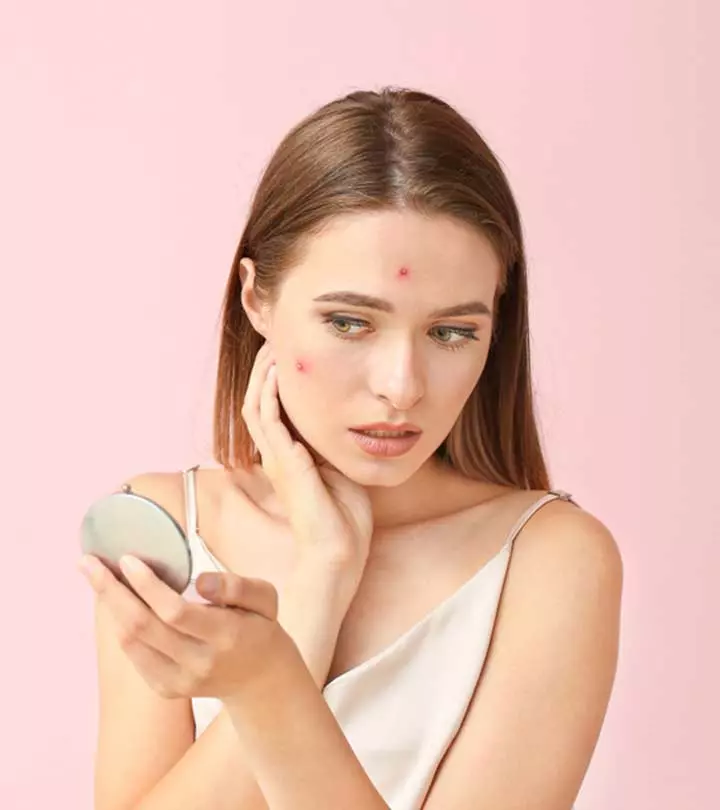






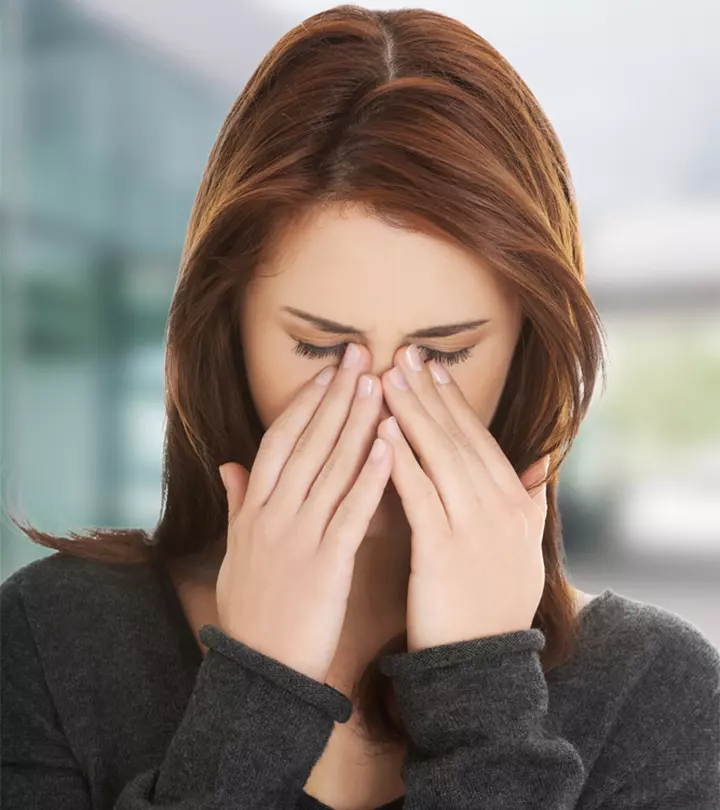

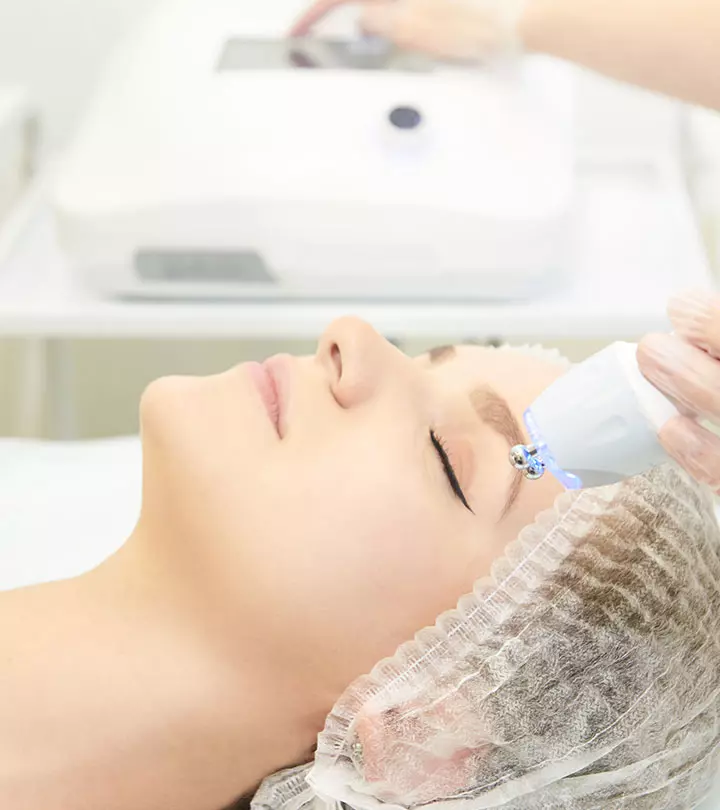


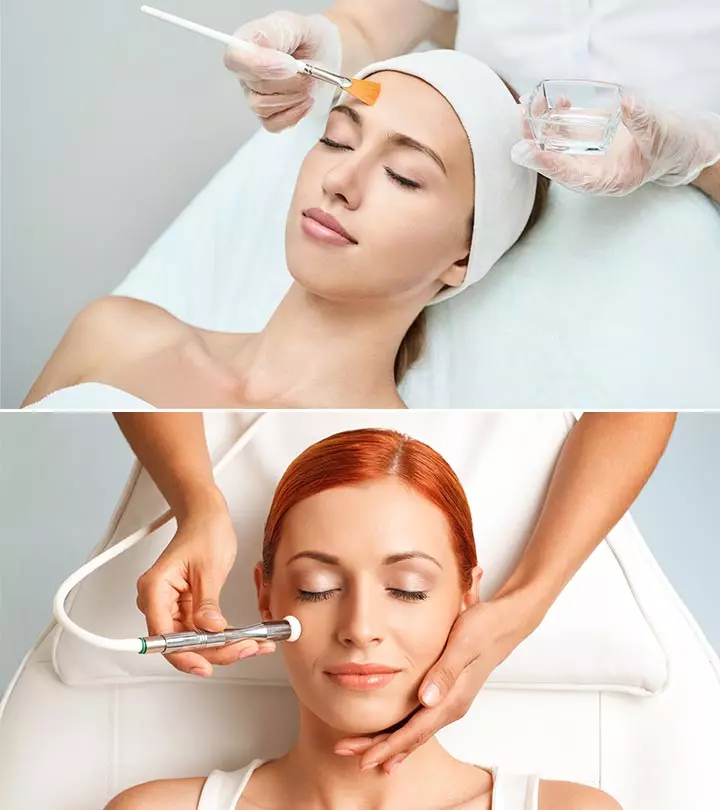






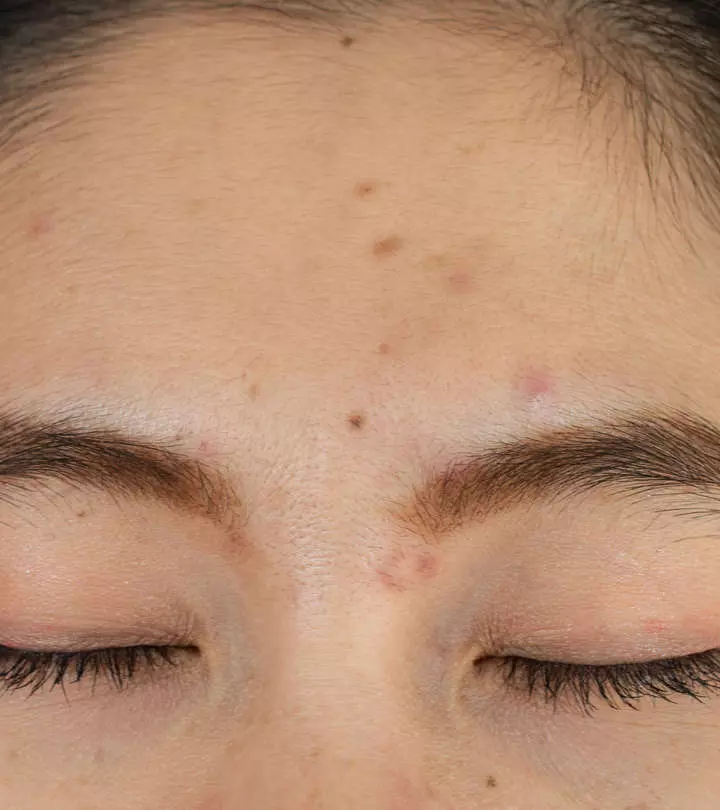

Community Experiences
Join the conversation and become a part of our empowering community! Share your stories, experiences, and insights to connect with other beauty, lifestyle, and health enthusiasts.